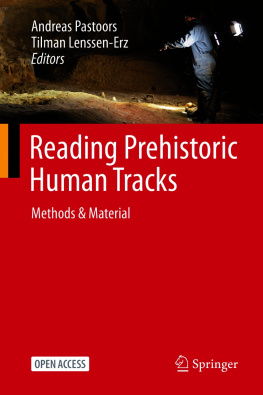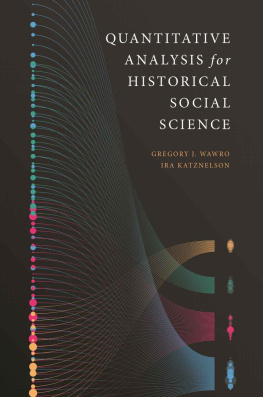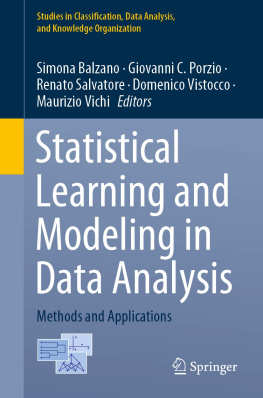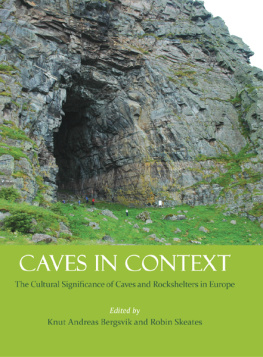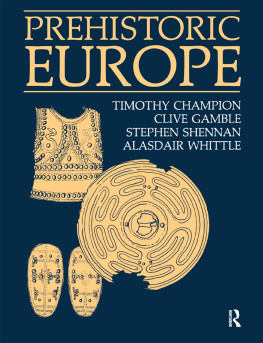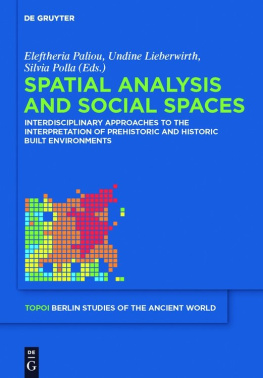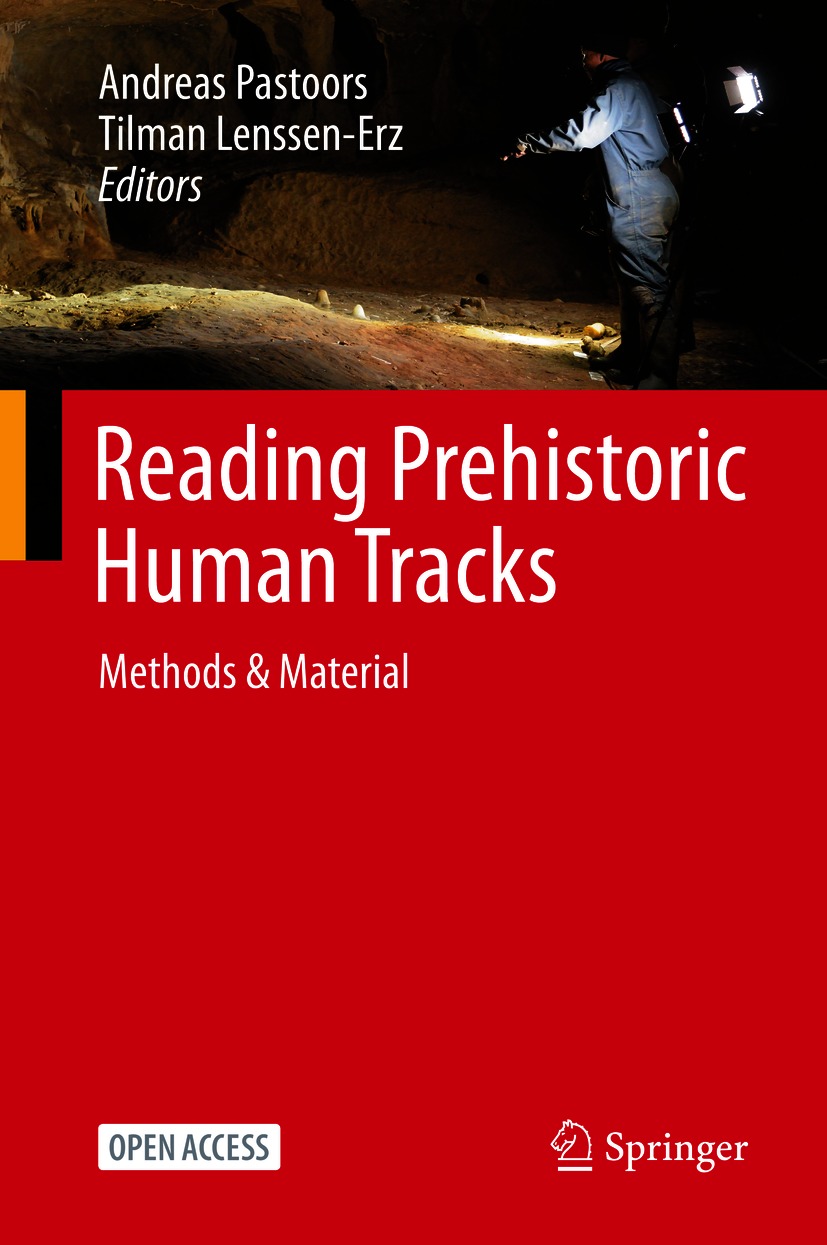It is a great honour and pleasure for me to congratulate the organizers of this conference and its volume for having brought forward such an innovative approach and topic. It was a fantastic idea to invite expert trackers for an international conference on human tracks, to offer them the possibility to meet other trackers from hunter-gatherer communities around the globe, and to open pathways for including indigenous experts into archaeological research. This shows that there is a kind of knowledge beyond the academic knowledge that is able to enrich science.
This conference was somehow an experiment, but a very successful one. To deal with new categories of knowledge beyond the classical western academic knowledge is extremely challenging, and it is part of the intangible heritage of mankind. The Humboldt Forum in Berlin will become a place where cultures from all over the world shall meet and get into exchange, where a new dialogue between cultures can be developed by cooperation and by co-productions, and where we want to define a new understanding of shared heritage and shared history. This is not only a great challenge, but also a unique chance.
Traditional or indigenous knowledge is so important, because these knowledge systems are embedded in the cultural traditions of regional, indigenous, or local communities, it is knowledge acquired over many generations, it is knowledge mostly about traditional technologies of subsistence, ecological knowledge, traditional medicine, climate etc., and it is generally based on accumulations of empirical observation and on interaction with the environment. This traditional knowledge may distinguish one community from another, it takes on personal and spiritual meanings, and it can reflect the communitys interests.
Communities depend sometimes on their traditional knowledge, especially on environmental issues, their knowledge is bound to ancestors and ancestral lands, and it is embedded in a cosmology and therefore has a spiritual component, too. Communities have strong traditions of ownership or custodianship over knowledge, the misuse of knowledge may be offensive to traditions, and they prevent the patenting of traditional knowledge by not expressing consent.
In the broader context traditional knowledge has to be treated in the same way as other traditional cultural expressions. The World Intellectual Property Organization (WIPO) interprets traditional knowledge as any form of artistic and literary expression in which traditional culture and knowledge are embodied. This knowledge is transmitted from one generation to the next, and it includes handmade textiles, paintings, stories, legends, ceremonies, music, songs, rhythms and dance.
During the preparation of the Humboldt Forum in Berlin, it is interesting that the inclusion of indigenous knowledge becomes more and more important and interesting. Years ago we started the project Sharing knowledge with the Indigenous University of Tauca in Venezuela, which in the meantime expanded into neighbouring regions of Brazil and Colombia. This cooperation makes visible the dynamics and presence of indigenous perspectives on ethnographic objects, it helps in writing the history of the collections again by including the indigenous perspective. Through an online-platform the future visitor of the Humboldt Forum gets first-hand knowledge from the indigenous perspective on the objects, and not ethnologists or anthropologists are speaking for the indigenous, but the indigenous speak for themselves, what we call multivocality. Ethnologists and anthropologists remain only in an intermediate position. This is a way of decolonizing perspectives by sharing the power of interpretation.
In these days we talk a lot about decolonizing museums and also decolonizing the archaeological practice. These questions are addressing issues of power of science and control of archaeological interpretation. We need participatory approaches, and we have to develop new methodologies and strategies of community participation. This kind of community engagement can be a new path into the future of archaeology in Africa and beyond. It also can help in reacting towards rapid environmental changes affecting ecosystems by engaging communities throughout all levels of research.
But local communities demand to get something back, e.g. the San people in Southern Africa, Inuit in Alaska, First Nations in Canada, or Aborigines in Australia. They defined codes of ethics for researchers wishing to study their culture, their knowledge, their genes or their heritage. They have to be treated respectfully without publishing insulting information, communities wish to read and check results before publication to avoid misunderstandings, and they have to have free access to research data.

